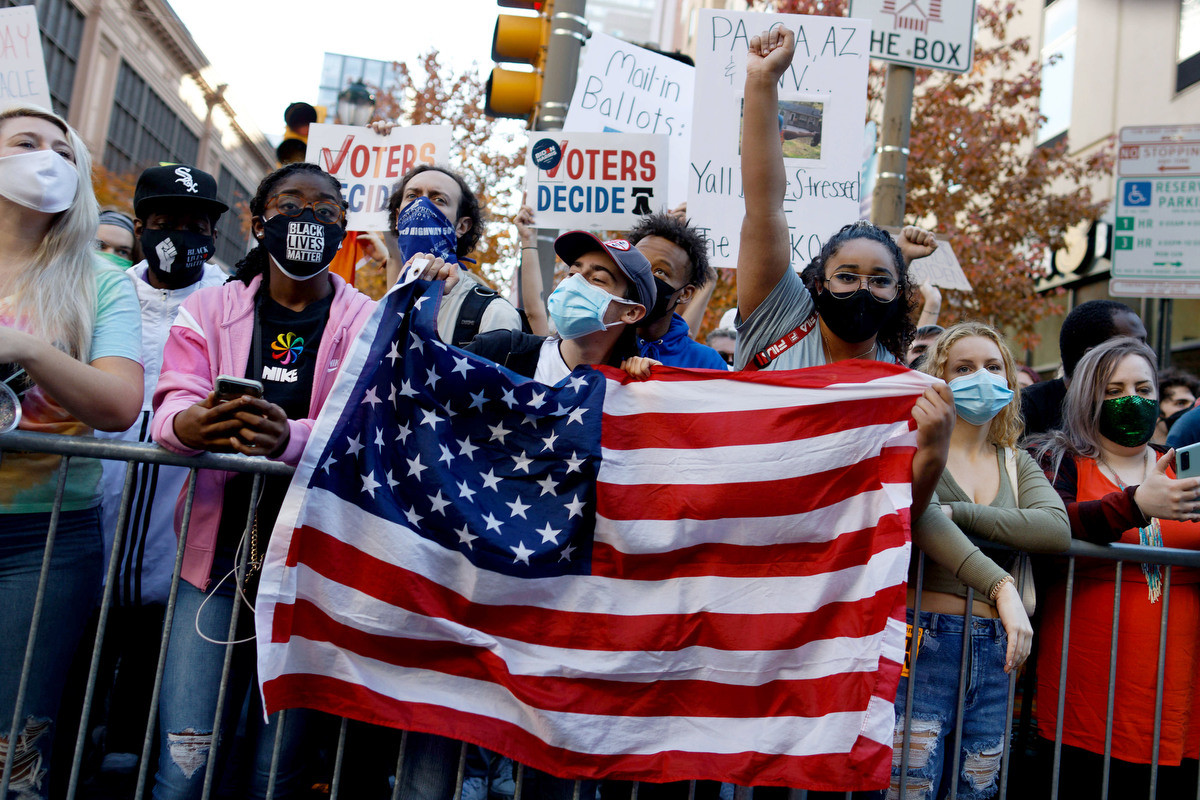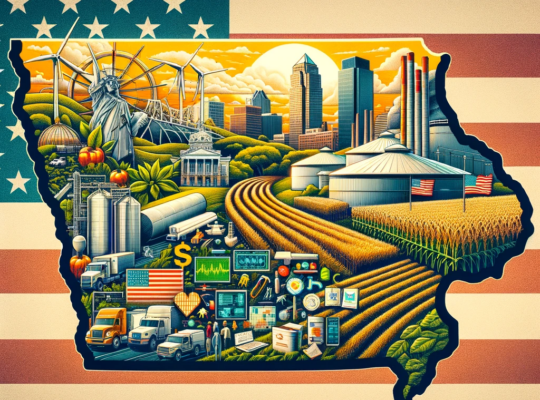As American politics continue to evolve, the left, often seen as a progressive force advocating for social change, finds itself facing a myriad of challenges and criticisms. This article explores the issues that the contemporary left faces in the United States, shedding light on both internal and external concerns.
1. Ideological Diversity:
One of the primary challenges facing the left in America today is ideological diversity. While the left encompasses a wide range of perspectives, from moderate liberals to far-left progressives, bridging the gaps and finding common ground can be a formidable task. The absence of a cohesive and unified vision sometimes hampers the left’s ability to enact meaningful change.
2. Fragmented Power:
The contemporary left is often criticized for being fragmented and decentralized. Various interest groups, movements, and factions have emerged within the left, which can lead to disarray and conflicting objectives. Navigating these complexities and establishing a coherent agenda can be a significant hurdle for the left.
3. Communication Challenges:
Another issue that plagues the left is its ability to effectively communicate its message to a broad and diverse audience. Critics argue that the left often relies on academic jargon and complex policy language, making it difficult for the general public to connect with and understand its goals.
4. Infighting:
Infighting among left-leaning groups is not uncommon, leading to public divisions that can weaken the overall influence of progressive politics. Debates between different factions within the left can sometimes overshadow the pursuit of shared objectives.
5. Electoral Strategies:
The left faces ongoing debates regarding the most effective strategies for achieving political power. Some argue that the left should prioritize electoral victories and work within existing political systems, while others advocate for more radical approaches, such as direct action and civil disobedience. Finding a balance between these strategies poses a significant challenge.
6. Disconnected from Working-Class Concerns:
Critics contend that the left has become increasingly disconnected from the concerns of the working class, focusing more on urban and elite issues. This perceived elitism can hinder the left’s appeal to a broader demographic.
7. Identity Politics:
While identity politics have been pivotal in addressing issues of social justice and equality, some critics argue that an overemphasis on identity can be divisive and alienate certain sections of the population. Balancing the pursuit of social justice with broader societal unity remains a contentious issue.
8. Economic Policies:
Economic policies advocated by the left are frequently scrutinized, with concerns about the feasibility and long-term consequences of progressive economic plans. Debates about taxation, wealth redistribution, and healthcare reform continue to rage on.
9. Strategies for Change:
The left is often criticized for its perceived lack of a clear and comprehensive strategy for achieving lasting social and political change. Critics question whether the left is prepared to navigate the complexities of governance effectively.
10. Managing Expectations:
One of the most significant challenges facing the left is managing the expectations of its diverse base. Balancing the desire for rapid and extensive change with the realities of the political system can be a difficult task.
In conclusion, the left in American politics faces a complex web of internal and external challenges. Achieving cohesion, effective communication, and a shared vision while addressing the needs of a diverse population will be essential for the left to navigate the dynamic and often tumultuous landscape of contemporary American politics. How the left responds to these challenges will significantly influence its impact on the nation’s political future.















